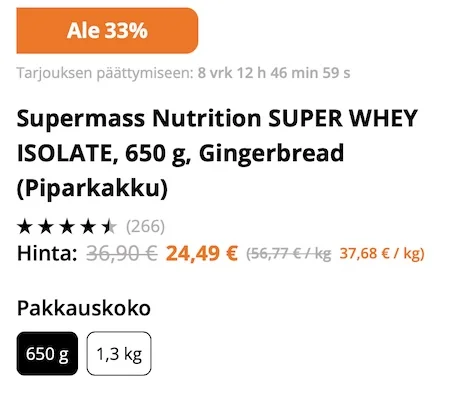Ann Nutr Metab. 2000;44(1):21-9.
Effect of a hypocaloric diet, increased protein intake and resistance training on lean mass gains and fat mass loss in overweight police officers.
Demling RH, DeSanti L.
Brigham and Women's Hospital, Boston, MA 02115, USA.
rhdemling@partners.org
We compare the effects of a
moderate hypocaloric, high-protein diet and resistance training, using two different protein supplements, versus hypocaloric diet alone on body compositional changes in overweight police officers. A randomized, prospective 12-week study was performed comparing the changes in body composition produced by three different treatment modalities in three study groups. One group (n = 10) was placed on a nonlipogenic, hypocaloric diet alone (80% of predicted needs). A second group (n = 14) was placed on the hypocaloric diet plus resistance exercise plus a high-protein intake (1.5 g/kg/day) using a casein protein hydrolysate. In the third group (n = 14) treatment was identical to the second, except for the use of a whey protein hydrolysate. We found that weight loss was approximately 2.5 kg in all three groups. Mean percent body fat with diet alone decreased from a baseline of 27 +/- 1.8 to 25 +/- 1.3% at 12 weeks. With diet, exercise and casein the decrease was from 26 +/- 1.7 to 18 +/- 1.1% and with diet, exercise and whey protein the decrease was from 27 +/- 1.6 to 23 +/- 1.3%.
The mean fat loss was 2. 5 +/- 0.6, 7.0 +/- 2.1 and 4.2 +/- 0.9 kg in the three groups, respectively. Lean mass gains in the three groups did not change for diet alone, versus gains of 4 +/- 1.4 and 2 +/- 0.7 kg in the casein and whey groups, respectively. Mean increase in strength for chest, shoulder and legs was 59 +/- 9% for casein and 29 +/- 9% for whey, a significant group difference. This significant difference in body composition and strength is likely due to improved nitrogen retention and overall anticatabolic effects caused by the peptide components of the casein hydrolysate. Copyright 2000 S. Karger AG, Basel





